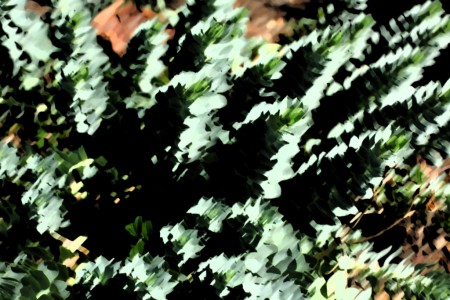Month: September 2011
Morning subway
The number of people on the Bloor subway line spikes dramatically after 7:30am. At that time, it is likely there will be some seats available out at the Runnymede stop. Twenty minutes later, completely packed trains leave people standing on the platform, waiting for the next one.
I suppose it is this morning crush that subsidizes all the hours when trains are near-empty. The distribution of people leaving work seems to be less concentrated, compared with the ubiquitous 9:00am start time.
Bee on flower
Stockholm’s Dialogue Police
This seems quite interesting:
Protests in Europe against Israel’s invasion of Gaza in 2009 quickly turned violent—but not in Sweden. A special unit in Stockholm, known as the Dialogue Police, is credited with this success. “They have legitimacy in the eyes of the community,” says Clifford Stott, an expert in crowd behaviour at the University of Liverpool, “because they facilitate peaceful protest, they don’t carry guns and they can’t arrest people.”
Has anyone read anything more about this organization?
Dark plants
Civilian unmanned aerial vehicles
For about US$2,000, you can get a pretty ridiculous camera-equipped UAV, which can be controlled by radio at a range of up to 15km. People fly them using live video streaming to goggles.
One group of people using these drones has made some impressive videos of places like New York City and the Matterhorn. Their work is pretty audacious, both in terms of how they flirt with the destruction of their drones by flying close to obstacles and because of how they flirt with trouble with the authorities by flying low in major urban centres.
These drones may have been part of the inspiration for the drone-related plot points in William Gibson’s latest novel, Zero History.
Related:
Computational photography – Synthcam
I have been experimenting with an iPhone program called SynthCam which is intended to produce interesting focus effects (using synthetic aperture) and reduced noise in low-light images.
It isn’t the easiest program to use, but it does seem like it could produce some interesting effects – particularly when it comes to intentionally limiting depth of field, which is a limitation of the standard iPhone camera.
This article has much more information on the concept behind computational photography and the current state of the art in the field.
Alternative ways to pay the rent
Previously, I wrote about why photography may make a better hobby than a career. I still think the points made there are valid, but I have been finding myself thinking about my options for the future and trying my hand at commercial photography and photojournalism is an option that is not entirely lacking in appeal.
It seems plausible that there will be a demand for photographers for the foreseeable future, even if the world becomes significantly poorer and less stable for whatever reason. Even as high-definition video capabilities proliferate, photos continue to have relevance and importance.
Indeed, the ability of photography to contribute to the social and political evolution of society is one of the more intriguing and appealing things about it. Photographs have power, in that they change how people think about things. Standing in the media pen in Washington DC, surrounded by police officers with guns, I made a mental note about how the still and video cameras in the hands of the journalists present were actually the more powerful tools that day – they actually had some effect on what happened, and the consequences that arose from it.
As a photographer, it would be necessary to hustle and market myself quite a bit in order to get enough work to live tolerably. There is also the requirement that you satisfy the preferences of clients rather than your own aesthetic preferences. Still, it is a possibility that could allow for significant personal freedom, which would be welcome.





